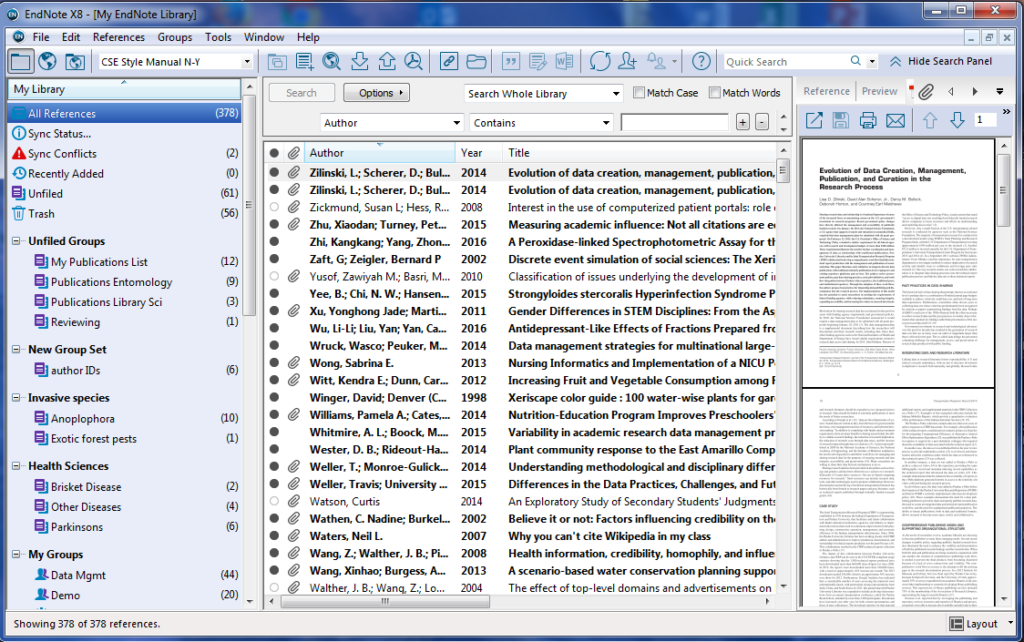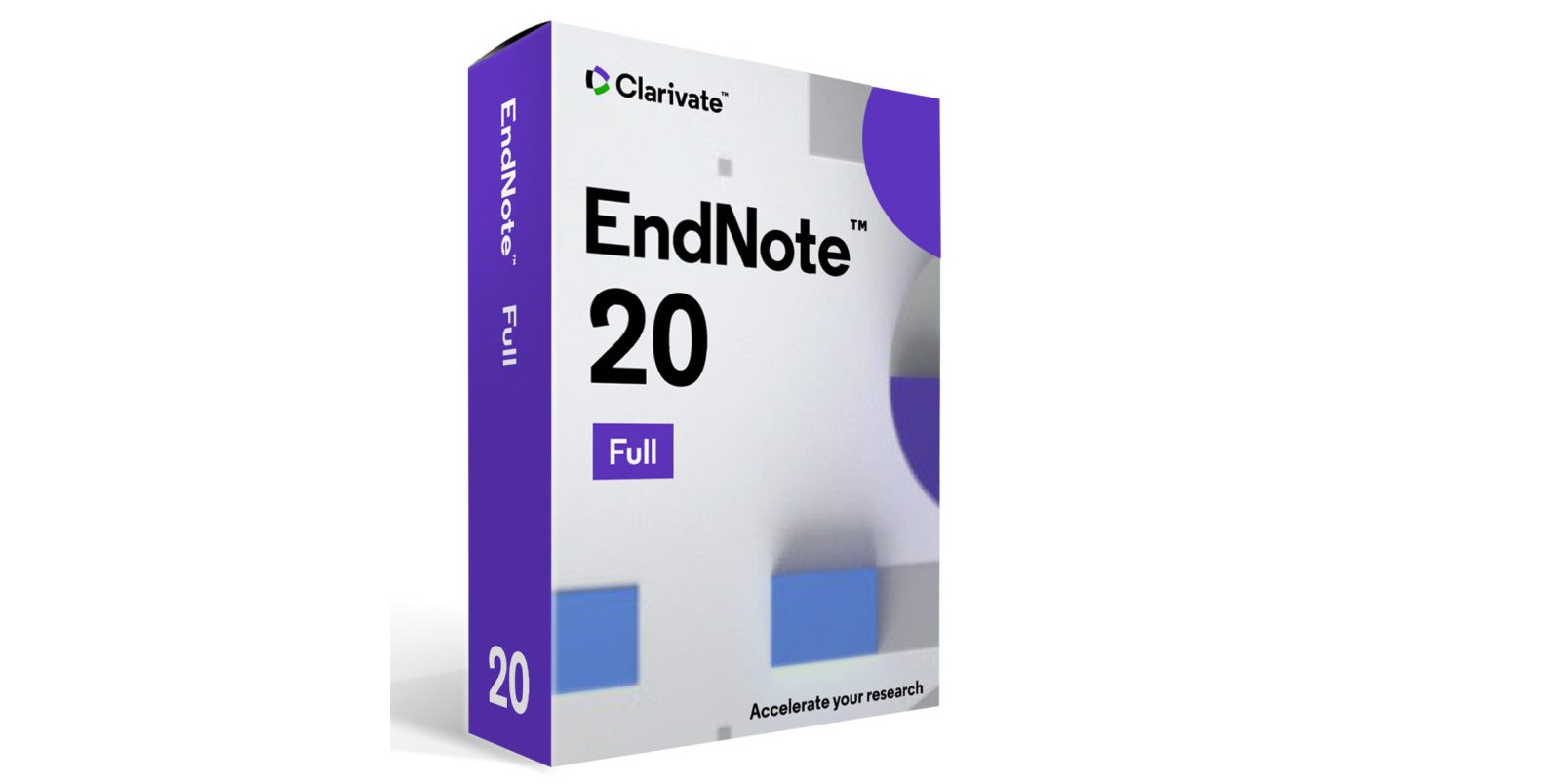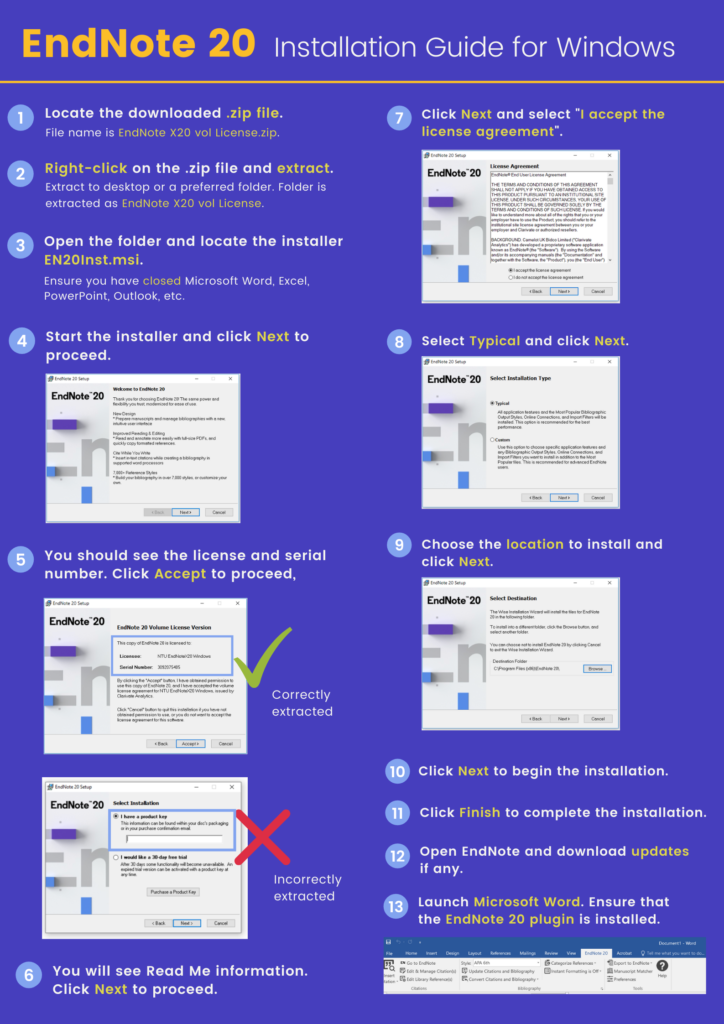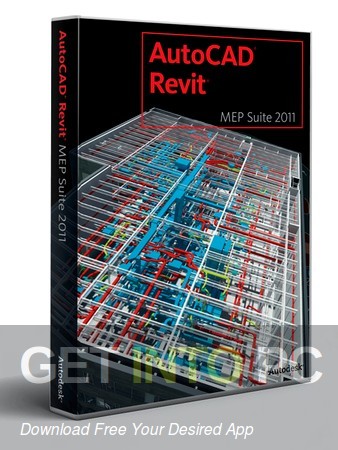EndNote Desktop For Pc Download 2023
EndNote Desktop is a paid reference management software designed to help researchers and writers organize, manage, and cite bibliographic information and references. It is commonly used in academic and professional settings where individuals need to keep track of various sources, such as journal articles, books, conference papers, and more, for their research projects, papers, theses, and dissertations. EndNote Desktop allows users to create a centralized library of references, which can include details like authors, titles, publication years, and abstracts.
The software also provides tools for importing references from online databases, organizing references into folders or groups, and generating citations and bibliographies in various citation styles (such as APA, MLA, Chicago, etc.). EndNote Desktop offers advanced search and filtering options within your reference library, making it easier to locate specific references when needed. It also allows users to attach PDFs, notes, and annotations to their references, further enhancing the research organization process.

History of EndNote Desktop
It was developed by Niles Software, founded by Peter Travis and Steve Goldstein, and was originally launched in 1988. In its early days, EndNote was a stand-alone program designed to help researchers organize and cite their bibliographic references in a more efficient. One of EndNote’s most important features is its database of citation styles. These styles allow users to automatically format their citations and bibliographies according to the standards of different academic journals and publishers. EndNote has continued to expand its collection of styles to meet the ever-changing needs of researchers and editors.
In 2006, EndNote was acquired by Thomson Reuters (now Clarivate Analytics), strengthening its position in the reference management software market. Since then, the software has gone through several major releases, adding new features such as online synchronization, PDF file management, and integration with other research and writing tools. Over time, EndNote has continued to be a valuable resource for researchers and scholars, helping them manage their references, track their research work, and produce well-formatted academic papers.
Online EndNote:
EndNote Online is the web-based version of EndNote. It’s a convenient solution for those who want to access their references and libraries from anywhere, as long as they have an internet connection. Here are some key differences:
-
Accessibility:
EndNote Online is accessible through a web browser, which means you can access it from any internet-connected device, whether it’s a computer, tablet or smartphone.
-
Collaboration:
EndNote Online offers sharing and collaboration features that allow users to share their reference libraries with others, making it easier to collaborate on research projects.
-
Storage:
References are stored on EndNote’s servers, which means you don’t have to worry about backing up your data.
-
Limitations:
However, EndNote Online offers fewer advanced features than the Desktop version, and some features may be limited when writing complex documents.
Other Reference Management Software:
Here are some of the most popular referral management software:
-
Zotero:
An open-source software that helps collect, organize, and cite references from various sources such as articles, books, and websites. It also offers the possibility of automatically generating bibliographies.
-
Mendeley:
A free software offered by Elsevier. It combines reference management with academic social networking features, allowing users to share references and collaborate on research projects.
-
Citavi:
A popular software in Germany, it offers reference management features as well as tools for organizing ideas, text snippets, and research-related tasks.
-
RefWorks:
A software offered by ProQuest, which makes it possible to manage and cite references, as well as to collaborate with other users within an institution.
-
BibTeX:
A tool widely used in the LaTeX community to manage references and generate bibliographies that conform to publication standards.
-
CiteULike:
An online service that allows you to save and share references with other researchers.
Installation of Endnote Desktop:
To install EndNote Desktop, follow these simple steps:
-
Download:
Visit EndNote official website https://endnote.com/ to download the installer. Make sure to download the version compatible with your operating system (Windows or macOS).
-
Running the Installer:
Once the download is complete, open the installer file you downloaded. To do this, double-click the file (usually named “EndNoteInstaller.exe” for Windows or “EndNoteInstaller.dmg” for macOS).
-
Acceptance of terms:
When the installer opens, follow the on-screen instructions to accept the terms and conditions of the license agreement.
-
Choice of installation:
You can usually choose between a complete and a custom installation. If you want to use all features of EndNote, choose the full installation. If you prefer to customize the components to install, opt for the custom installation.
-
Installation Folder Selection:
Choose the location where you want to install EndNote on your computer. By default, it will usually be installed in the “Applications” folder on macOS or “Program Files” on Windows.
-
Installation:
Click on the “Install” button to start the installation process. Wait for the installation to complete.
-
Activation:
After installation, you may need to activate your copy of EndNote. Follow the instructions provided to activate the software using the license key provided upon purchase.
-
Initial Setup:
Once enabled, open EndNote. You may be prompted to complete some initial setup, including creating an EndNote online account.
-
Importing references:
Now that your installation is complete, you can start importing your bibliographic references into EndNote. You can add them manually, import them from online databases or other sources.
EndNote Desktop Library:
With “EndNote Desktop Library“, you can create custom libraries for different research projects. Each library can contain references for articles, books, theses, websites and other types of documents. The software also offers advanced search features that help you quickly find the references you need.
To create an EndNote library on your desktop computer, follow these simple steps:
Facility :
Download and install EndNote software on your computer from the official website.
Launching the software:
After installation, launch the EndNote software.
Creating a new library:
- Go to the “File” menu.
- Select “New Library”.
- Choose a location where you want to save the library and give it a name.
Importing references:
- You can import references from different sources:
- Import using database filters (eg PubMed, Web of Science, etc.).
- Import from PDF files.
- Manual import.
- Follow the instructions for each import method to add your references to the library.
Organization of references:
- You can organize your references by creating groups, folders or using keywords.
- Use the sort and search functions to quickly find references.
Quote in documents:
- EndNote allows you to cite your references in Word documents or other word processors.
- Install the EndNote plug-in for Word from the “Edit” menu in EndNote.
- Insert citations and automatically generate a bibliography at the end of your document.
Regular backup:
Remember to back up your EndNote library regularly to avoid data loss.
Endnote Desktop for MAC:
EndNote Desktop for Mac is an excellent tool for simplifying the management of your bibliographic references and for creating well-researched academic works. Use it to save time and improve the quality of your research.
To use EndNote Desktop on your Mac, follow these simple steps:
- Buy and download EndNote Desktop from EndNote official website.
- Install the software on your Mac by following the installation instructions.
- Create an EndNote Online account if you don’t already have one, to make syncing easier.
- Start importing references and organizing your library.
- When writing a document, use EndNote’s integration tools to insert citations and references automatically.
Endnote desktop for word:
Here’s how you can insert a citation from EndNote Desktop into Microsoft Word:
- Open Microsoft Word.
- Make sure you have your Word document open and ready for inserting the citation.
- In EndNote Desktop, find the reference you want to cite.
- Select the reference by clicking on it.
- Go to EndNote’s “Insert” menu and choose the “Instant Quote” option.
- Once you choose “Instant Quote”, EndNote will automatically insert the quote into your Word document at the location of your cursor.
Remember to properly format your Word document using the appropriate citation style (APA, MLA, Chicago, etc.) before inserting the citation. You can select the citation style in EndNote and it will be automatically applied when you use the instant citation option.
Does Endnote work with Google docs:
Yes, EndNote is compatible with Google Docs. However, the direct integration between EndNote and Google Docs can be a bit limited compared to other word processors. You can still insert citations and references from EndNote into your Google Docs documents, but the process may require a few extra steps compared to using Microsoft Word.
Here’s how you might go about inserting citations from EndNote into Google Docs:
- Open your Google Docs document.
- In EndNote, select the reference you want to cite in your document.
- Copy the quote using the keyboard shortcut (usually Ctrl+C).
- Paste the citation into the Google Docs document in the appropriate place (usually Ctrl+V).
- Be sure to format the citation according to the required citation style (APA, MLA, Chicago, etc.).
Keep in mind that this method involves manually copying and pasting citations from EndNote to Google Docs, which can be a bit tedious if you have a lot of references to insert. If you frequently work with Google Docs and Citations, it might be worth considering alternatives or extensions that provide smoother integration between the two software.
Endnote shortcut key:
The keyboard shortcut to open EndNote depends on the application you are using. In general, to open EndNote, you can press “Ctrl” + “Alt” + “2” keys at the same time. This should launch or switch to the EndNote app if it’s already open.
Advantages of EndNote Desktop:
-
Bibliographic Management:
EndNote Desktop is a powerful tool for managing your bibliographic references. It lets you organize and store your citations, articles, and other sources in one place.
-
Integration with Microsoft Word:
EndNote Desktop integrates well with Microsoft Word, making it easy to insert citations and create bibliographies in your documents.
-
Citation Styles:
It offers a wide range of citation styles (APA, MLA, Chicago, etc.), which allows you to format your citations and bibliographies according to the required guidelines.
-
Synchronization:
You can synchronize your EndNote Desktop library with EndNote Online, allowing you to access your references from any Internet-connected device.
-
Easy Import:
EndNote Desktop lets you quickly import references from online databases, library catalogs, and other sources.
Disadvantages of EndNote Desktop:
-
Cost:
EndNote Desktop is paid software, which can be a drawback for students or researchers with limited budgets.
-
Complex interface:
The interface of EndNote Desktop can seem complex and confusing for new users, which requires some learning time.
-
Platform Dependency:
EndNote Desktop runs locally on your computer, which means that you are dependent on that device for access. This can be inconvenient if you have to work on different devices.
-
Technical Problems:
Like all software, EndNote Desktop may encounter technical problems, bugs and conflicts with other software on your computer.
-
Local Storage Limitation:
Your credentials are stored locally on your computer, which may limit the portability and backup of your data.
Endnote desktop login:
To log in to EndNote Desktop, follow these steps:
- Launch the EndNote Desktop program on your computer.
- In the welcome window, you will see a field where you can enter your login information.
- Enter your username (email address associated with your EndNote account) and password in the appropriate fields.
- Click the login button.
- If the information is correct, you will be logged into your EndNote Desktop account.
Endnote desktop log out:
To log out of EndNote Desktop, follow these steps:
- Open EndNote Desktop on your computer.
- In the menu bar at the top, click on “File”.
- From the drop-down menu, select “Sign Out” or “Sign Out”.
- You will then be logged out of your EndNote Desktop account.
Make sure you have saved any work in progress before logging out.
Conclusion:
In sum, EndNote Desktop for Pc is an essential tool for researchers, students and professionals who want to manage their bibliographic references in an organized and simplified way while guaranteeing the accuracy of their citations and bibliographies according to academic standards. EndNote Online is convenient for remote access and collaboration, while EndNote Desktop offers advanced functionality and extensive customization, but requires installation on your computer.




![Autodesk AutoCAD 2021 Crack With Keygen Free Download [Latest]](https://keygen4you.com/wp-content/uploads/2018/10/Autodesk-AutoCAD-2021-Crack-With-Keygen-Free-Download-Latest.png)